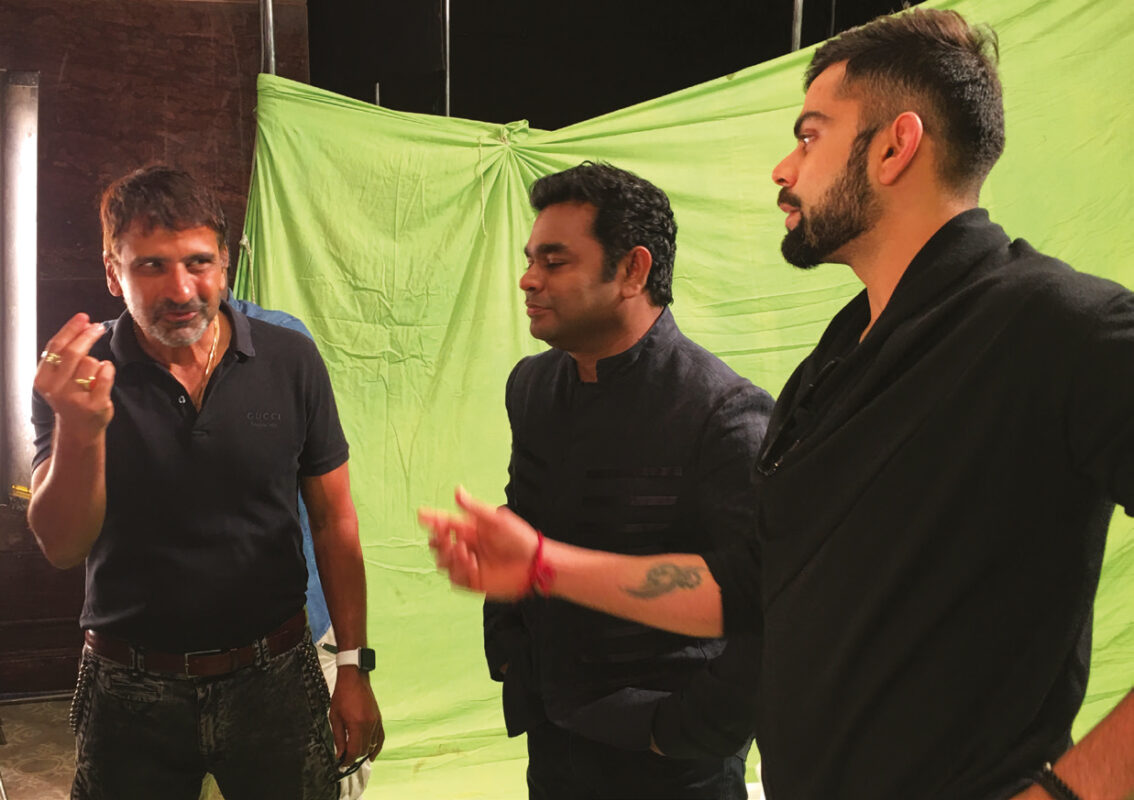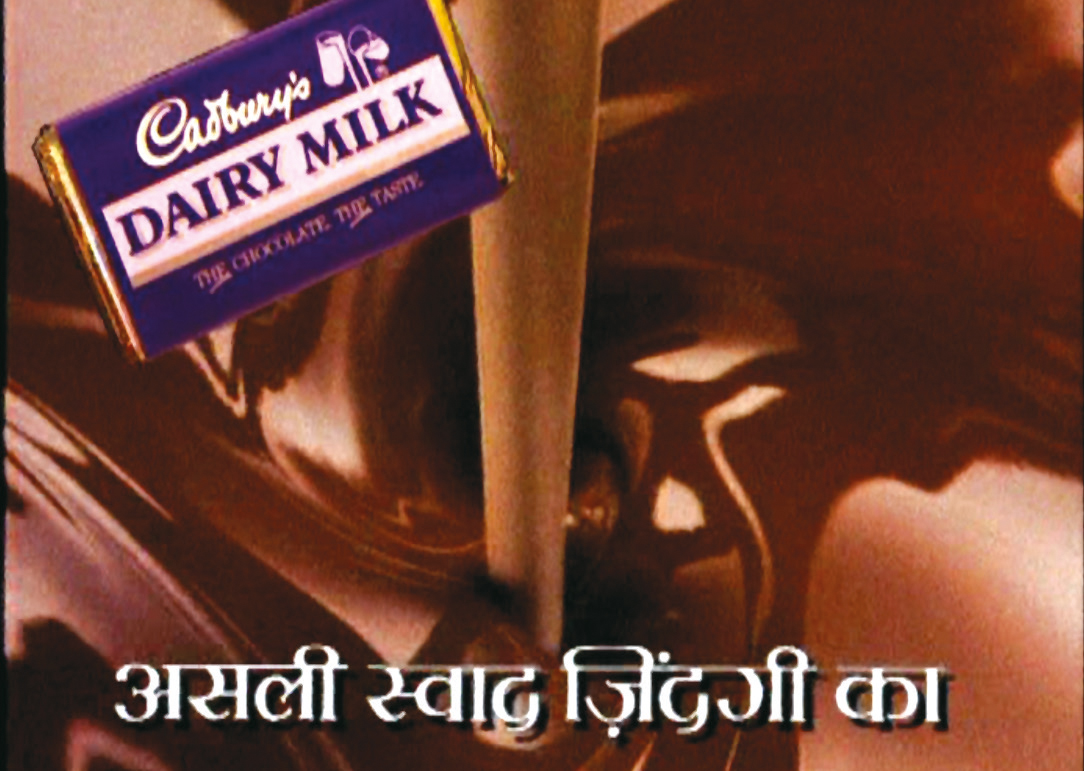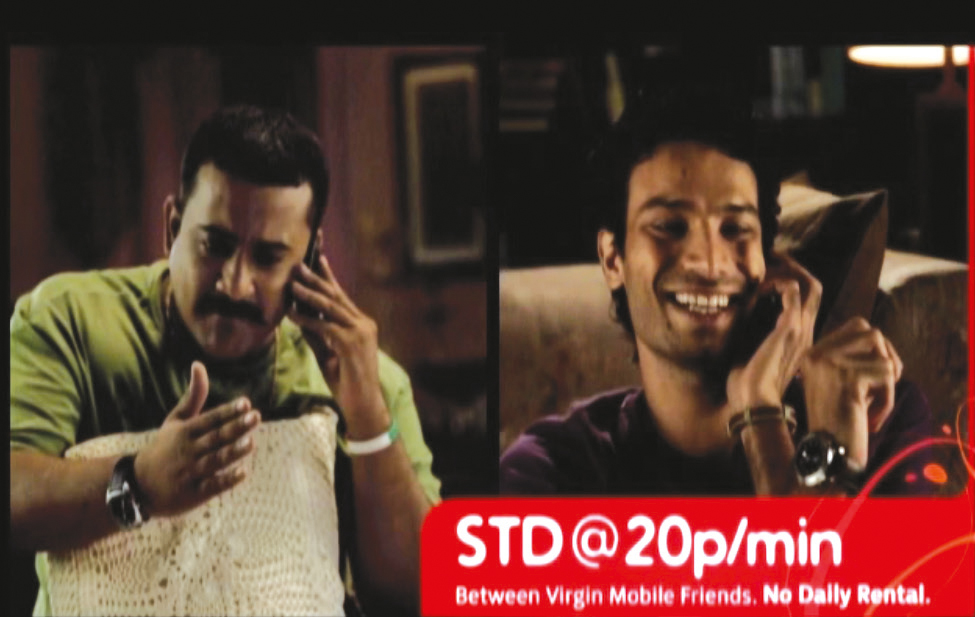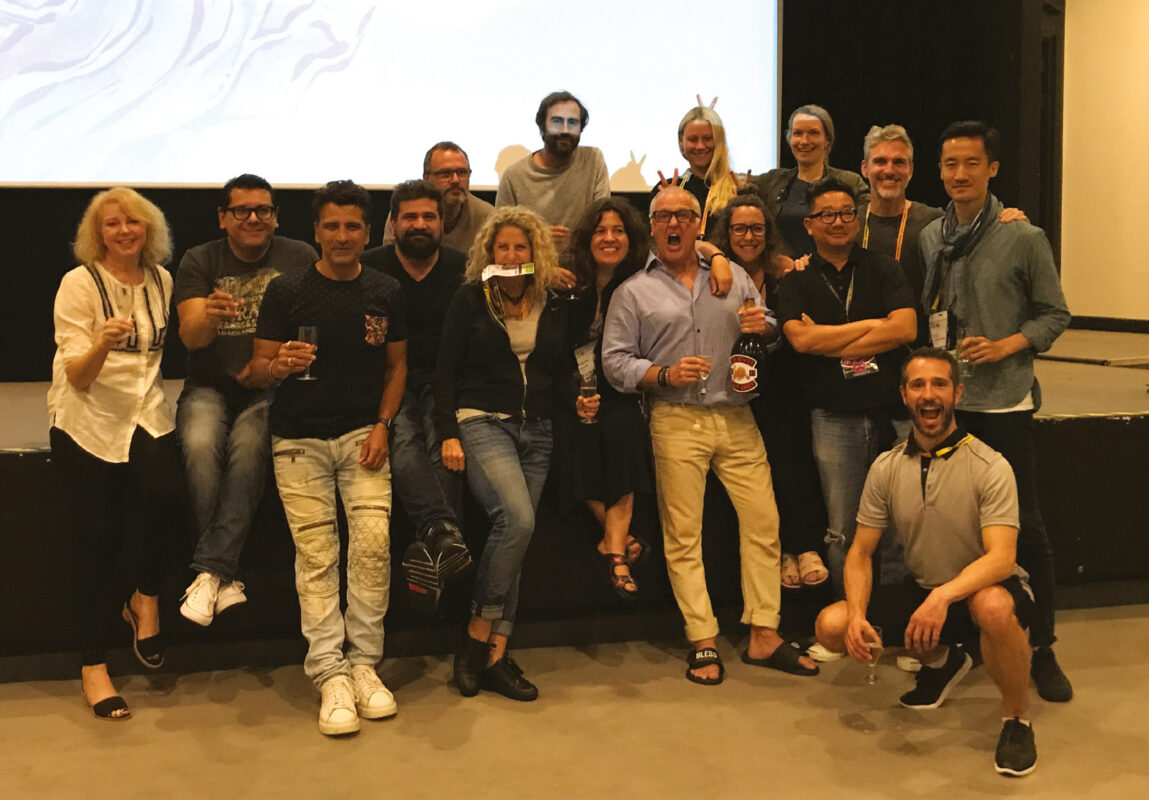
Over a 30-year career in advertising, most notably with Ogilvy, Sonal Dabral has won innumerable laurels and seen much success. Through all those years, he has intermittently found time to pursue other creative passions, which have now caught up with him. In an engaging chat with Designindia, Sonal explains why he recently quit as Vice Chairman of Ogilvy India, Group Chief Creative Officer, and Chief Creative Officer of Ogilvy South East Asia to go independent as a creative consultant.

What was the most challenging part of your role as Group Chief Creative Officer and Vice Chairman of Ogilvy India?
SD: Creative leadership of such a large agency as Ogilvy comes with its own set of challenges and opportunities. I personally love teaching and mentoring, so I have Manchesteral ways enjoyed creative leadership roles, where I can nurture and mentor talents every day as part of my job. Being a creative leader means that you have to do a few things well – mentor teams and inspire them to not settle for the second-best, and build a culture where you are not afraid to fail, a culture where set yourself a high bar but more importantly have fun and laughter while you do so. Creativity bereft of joy never takes you anywhere. A happy place will be a more creatively successful place. As a creative leader, you need to not only constantly learn but also create, so that you are always on top of your game. The most challenging part for a creative leader, of course, is to spot great ideas, nurture them and protect them throughout the process that can sometimes kill them if one is not careful and experienced.

How can you bridge the gap between what a client wants and what is best for him?
SD: What a client wants and what he needs is a discussion that should happen upfront. It must be discussed and thrashed out even before one begins working on creative ideas. And the best way to do it is through conversation, dialogue and discussions. We should use all the tools we have, like appropriate examples and cases from the past or from other categories, to drive home the point. There are times when what the client wants is the right solution, and it’s us who are seeing it wrong. In such cases too, a discussion upfront and deep thinking can help both the client and the agency get on the same page.

What do you foresee changing in the design and advertising domains post COVID-19?
SD: With the rise of digital media and its transient nature, agencies were asked to turnaround work, faster and cheaper. Now with COVID-19 striking us, pressure on time and budget is only going to increase. This would mean that agencies and design houses will need to get leaner and more entrepreneurial in their approach to work. This change will be tougher for bigger agencies. Still, one way they will be able to expedite the change will be by having many entrepreneurial units working within their large system so that without compromising on quality, they can respond to the demand of the times.


